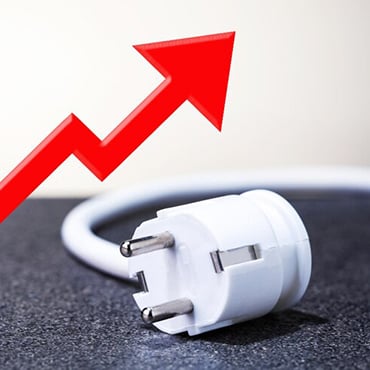OVERVIEW
Energy savings
Energy saving can be turning off the lights or turning down the heat. But an initial energy-saving investment that pays off over a few years is equally profitable.
A larger cable cross-section will be more expensive and a clear investment, but the effect of this will be lower resistance and energy loss in the cable at the same voltage, which can be converted to:
- lower power consumption in kWh
- lower electricity bill in euro
- reduced CO2 emissions
- longer cable life
- better capacity in the cable








